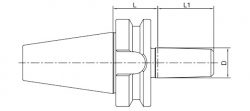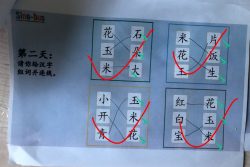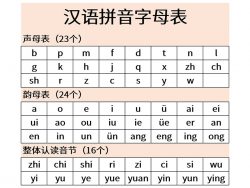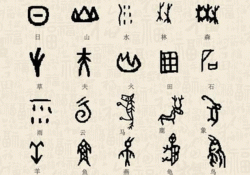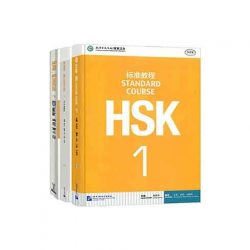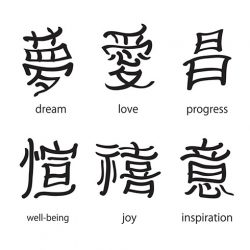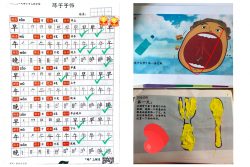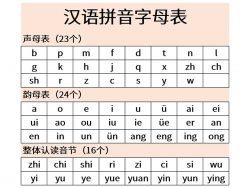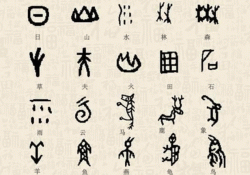HSK
Hanyu Shuiping Kaoshi (HSK)
Hanyu Shuiping Kaoshi (HSK) is the standardised national test used to determine the fluency of non-native speakers of Chinese. HSK is the best way to get to know and test your Chinese level and is often, and increasingly, required by companies, universities or other organisations to certify the Chinese language level of an individual.
Since April 2017 HSK has gained further importance as it has been connected to VISA application. Passing HSK exams entitles the applicant to additional points in the VISA Regulations Compliance System.
HSK Level 1
Test takers who are able to pass the HSK (Level I) can understand and use very simple Chinese phrases, meet basic needs for communication and possess the ability to further their Chinese language studies.
HSK Level 2
Test takers who are able to pass the HSK (Level II) have an excellent grasp of basic Chinese and can communicate in simple and routine tasks requiring a simple and direct exchange of information on familiar and routine matters.
HSK Level 3
Test takers who are able to pass the HSK (Level III) can communicate in Chinese at a basic level in their daily, academic and professional lives. They can manage most communications in Chinese when traveling in China.
HSK Level 4
Test takers who are able to pass the HSK (Level IV) can converse in Chinese on a wide range of topics and are able to communicate fluently with native Chinese speakers.
HSK Level 5
Test takers who are able to pass the HSK (Level V) can read Chinese newspapers and magazines, enjoy Chinese films and plays, and give a full-length speech in Chinese.
HSK Level 6
Test takers who are able to pass the HSK (Level VI) can easily comprehend written and spoken information in Chinese and can effectively express themselves in Chinese, both orally and in writing.
HSK Proficiency Compared to Other Systems
Proficiency levels according to the HSK system can be compared with HSKK, BCT, YCT and with levels according to the Common European Framework of Reference for Languages (CEFR), the Interagency Language Roundtable scale (ILR) and the Chinese Language Proficiency Scales for Speakers of Other Languages (CLPS). The indicative relation is as shown in next table.


















